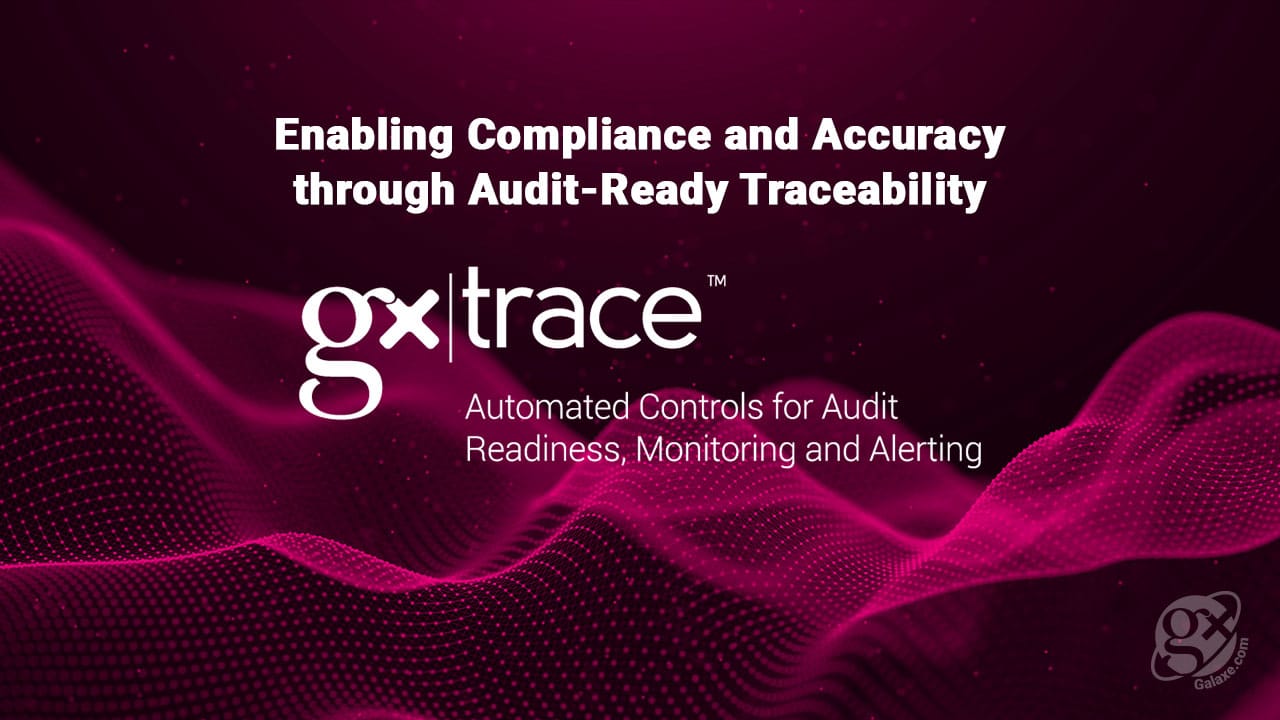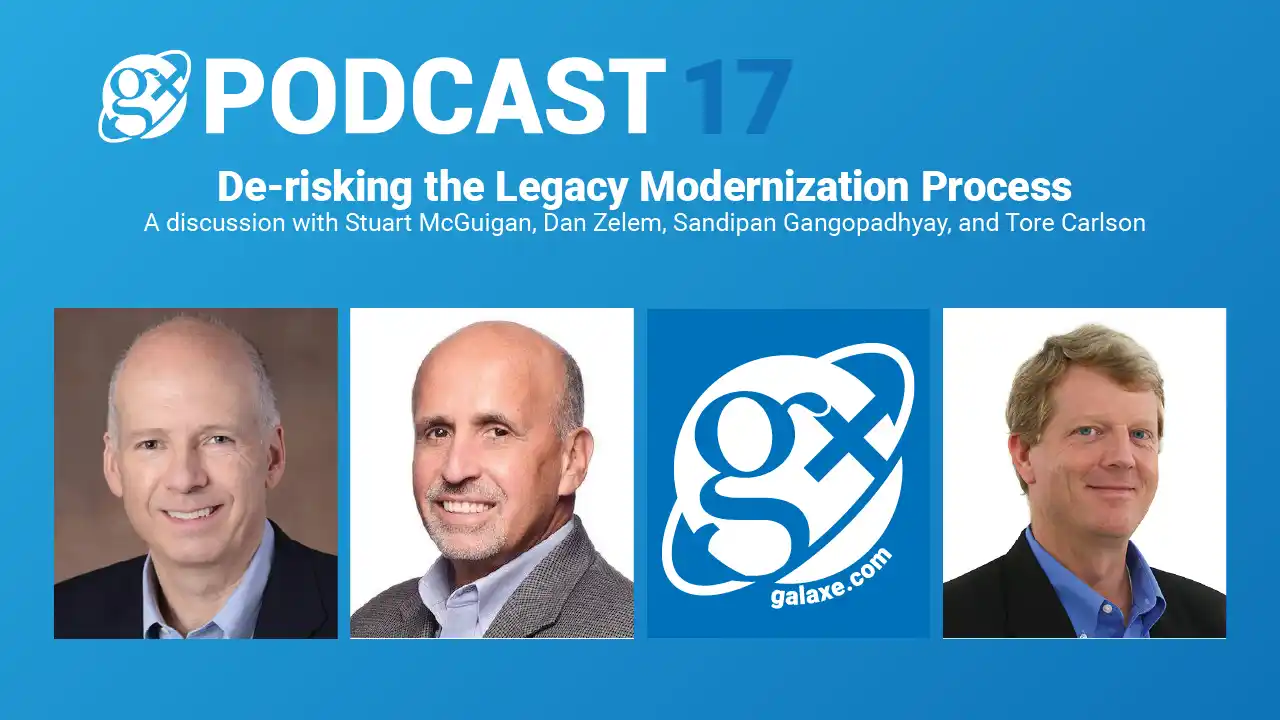In an ever-evolving world of IT and business, the ability to move rapidly and efficiently toward competitive differentiation while keeping up with or ahead of the pace of change drives a continuing need for IT transformation. From day-to-day business operations to launching and delivering new product offerings, demands on IT systems and technology have perhaps never been greater.
Many businesses are moving more quickly than ever in response to market factors. As such, they must improve upon how they deliver services and value to their customers. That, in turn, requires fundamental change to how their technology is leveraged and deployed. It may drive the need for a significant amount of system redesign; the creation of new applications; and/or the consolidation of multiple systems to a single point.
In fact, mergers and acquisitions drive the need for transformation in order to maximize synergies, enable operational efficiencies and lower overall costs. This can be accomplished through the development of new processes and solutions and/or eliminating redundancies. Here, nuance is key – with roads best traveled identified through intense scrutiny, expert analysis and the deployment of technology, including automation. How quickly, cost-effectively and accurately this can be accomplished is vital.
IT systems transformational success should then be evaluated by asking the following questions: Is the business now able to do what it needs to do? – and – How cost effective are the systems to maintain? The latter must be balanced against a range of factors including short term vs. long-term needs and systems compatibility. More ‘exotic’ tech might be enticing yet unnecessary.
In the end, it is essential that no stone is left unturned during your systems analysis making it vitally important to leverage automation to capture comprehensive system functionality, process, rules and business intent where today’s manual efforts fail.
By capturing this comprehensive current state you can more efficiently develop a roadmap and timeline for change that takes into account all considerations of ROI and ensures optimal performance – now and in the future.
Tore Carlson, VP of Business Development








